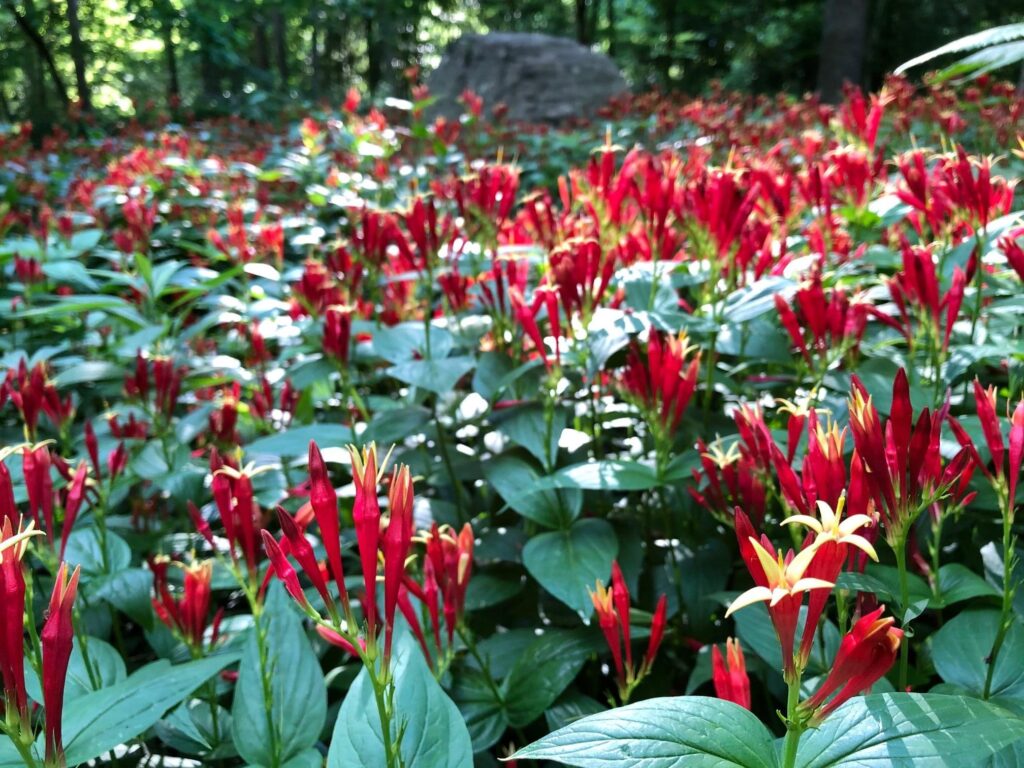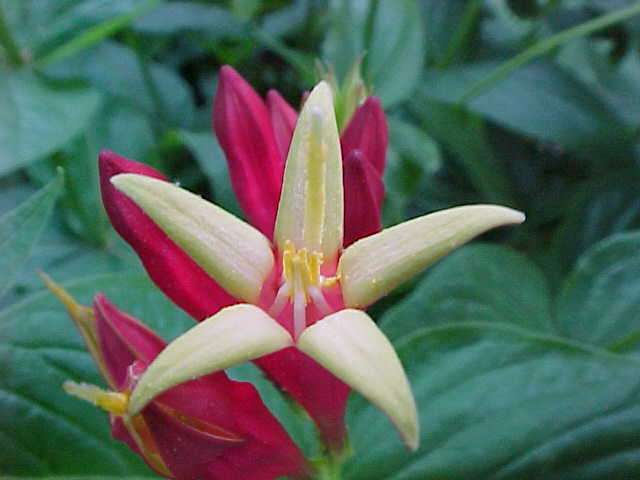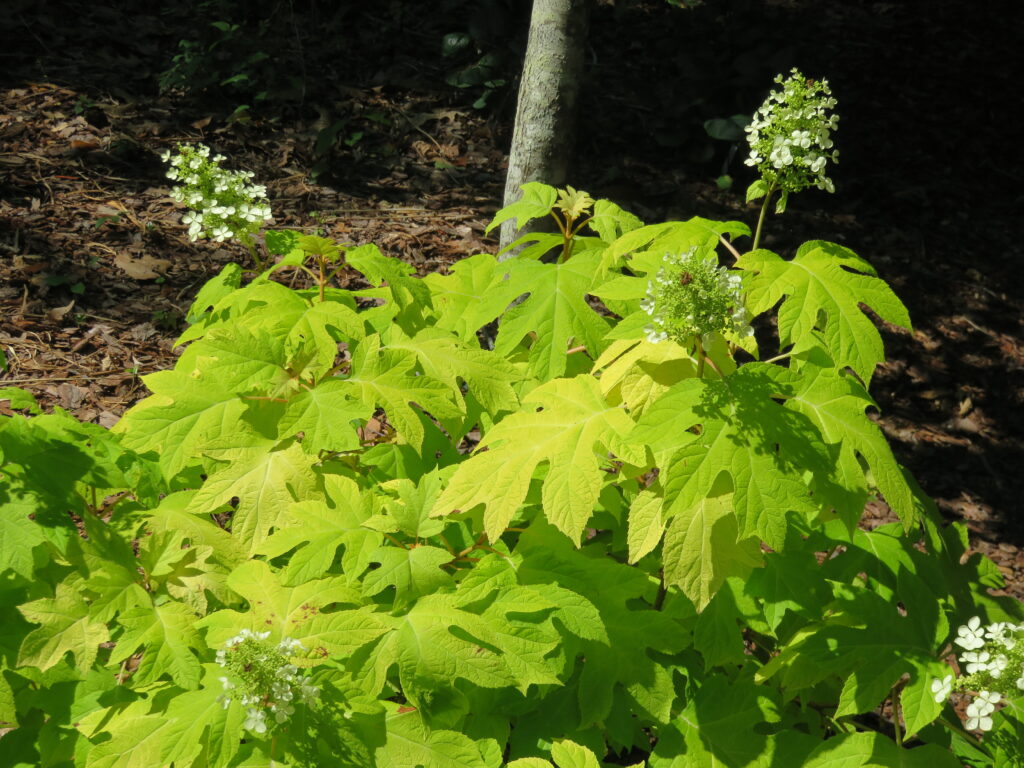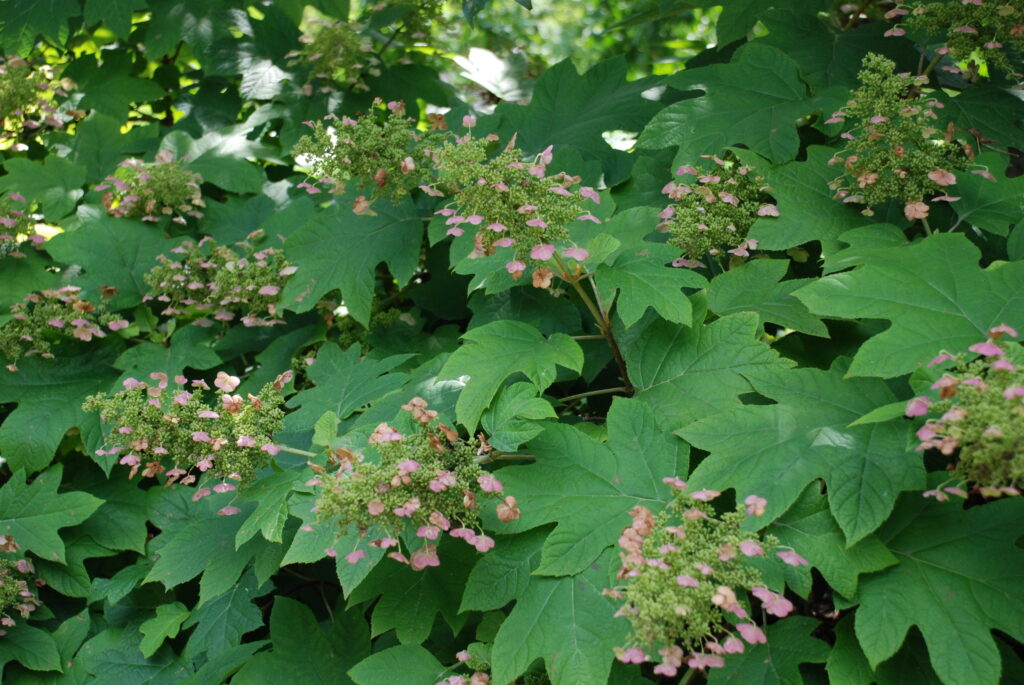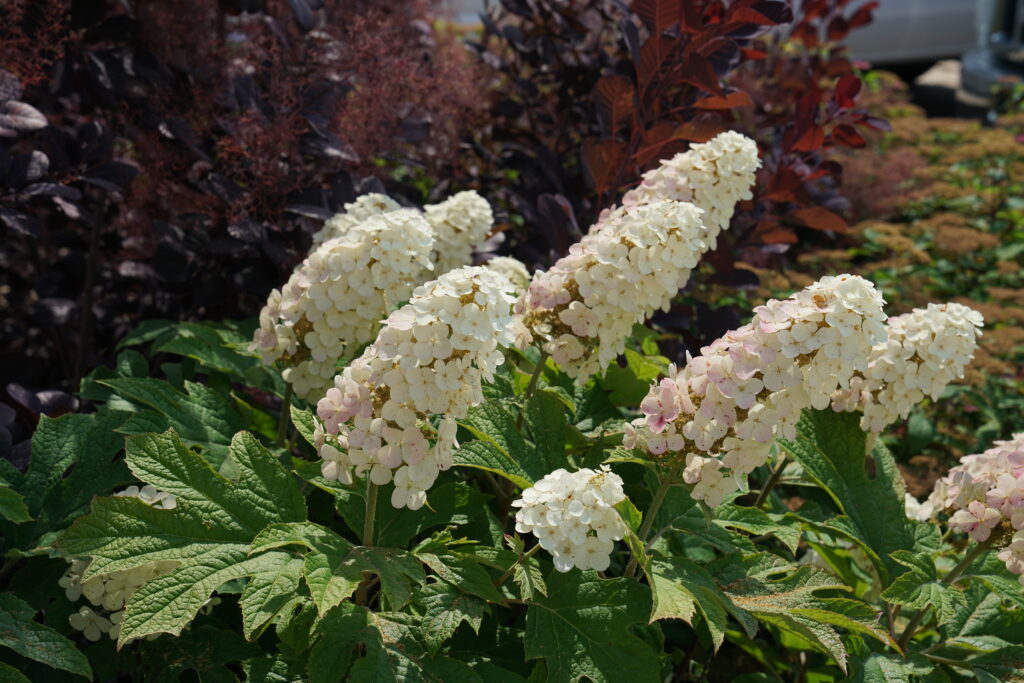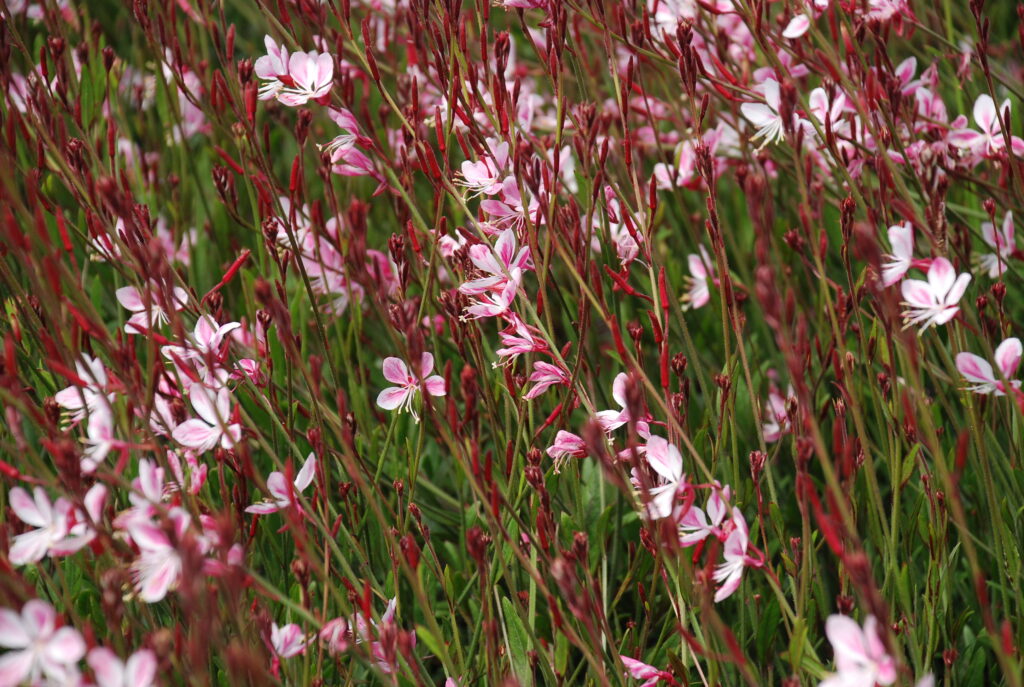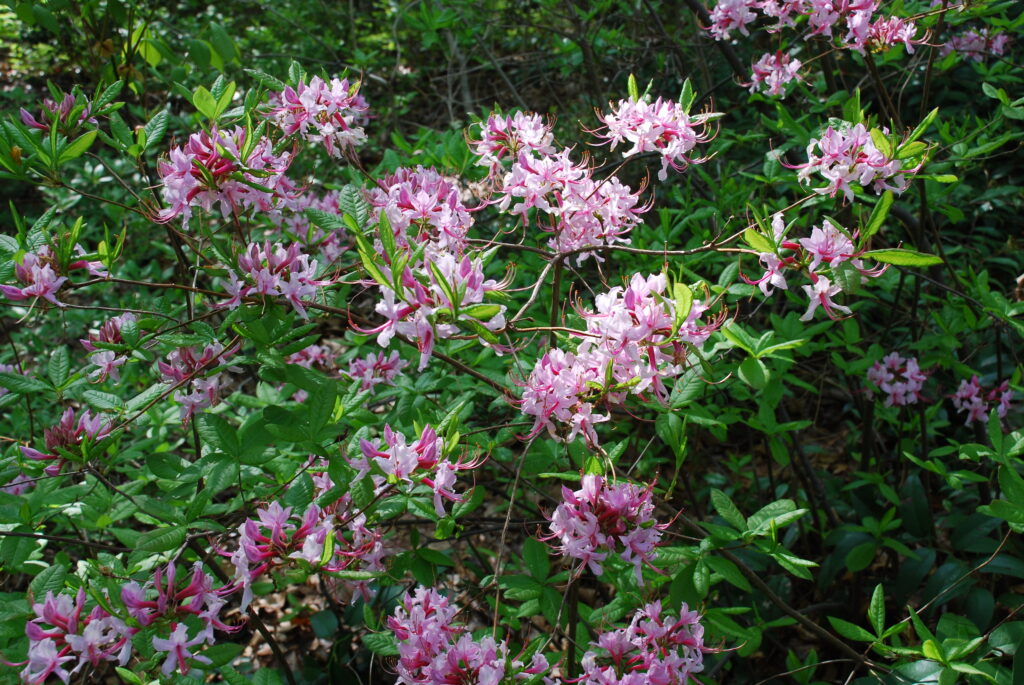
Perennial salvias (Salvia × sylvestris) represent a number of hybrid crosses between S. nemorosa and S. pratensis but may include S. × alpestris, S. × asperula, S. × collina, and S. × superba. Most cultivars are branched, upright, clump-forming, perennials with opposite, oblong to lanceolate, medium green leaves and showy spikes of tiny, tubular, two-lipped flowers (each to 1/2” long). Flower color choices range from blue to lavender to purple, depending on cultivars. Most S. nemorosa and hybrids are hardy in USDA Zones 3-8.
Perennial salvias bloom from late spring to early summer, but sporadic additional bloom may continue to appear throughout much of the remaining summer. Flowers rise well-above the basal leaves on square stems to as much as 30” tall. Following initial spring bloom, plants will rebloom much of the remaining summer.
Cultivars:
S. nemorosa ‘May Night’ (Mainacht) produces dense spikes of deep violet purple flowers over a long period of spring and summer if the old spent flowers are clipped off. Plant grows 18-24” high x 15-18” wide. Chosen Perennial Plant Association Plant of the Year (1997).
S. nemorosa ‘Pink Profusion’ bears darker pink calyxes on an almost perfect dense plant habit (14-16” high x 16-20” wide).
S. nemorosa ‘Caradonna’ produces violet blue floral spikes and has an upright plant habit (24-30” high x 15” wide.
S. nemorosa ‘East Friesland’ – a compact form with a long bloom period, purple stems and dense violet-purple flowers that rise above aromatic foliage to 18” high from late spring to early summer.

S. nemorosa ‘April Night’ blooms a month earlier than the iconic Salvia ‘May Night’; plant blooms on thick stronger stems.
S. hybrida ‘Blue By You’ has beautiful Salvia with excellent winter hardiness and summer heat tolerance. Sterile hybrid for longer floral shelf life; blooms up to 2 weeks earlier than other varieties. (S. nemorosa x S. pratensis) (zones 4b-9a). All-America Selections Winner 2023.
General Care: Perennial salvias grow in average, dry to medium, well-drained soils in full sun. Plants excel in moist, humus-rich soils with good drainage. Plants repeat bloom throughout the summer, but regular moisture is essential for reblooming. Liquid fertilizer 4-6 weeks until late August with Miracle-Gro™ or similar product. Salvias are moderately drought tolerant. Plants excel where summer night temperatures are cool (north of USDA Zone 7). In hot climes, plants become somewhat floppy and open up. Some hybrid salvias are sterile; few come true from seed.
Garden Performance: Attract Bees, Deer Resistant, Attracts Hummingbirds, Heat Tolerant, Frost Tolerant.

